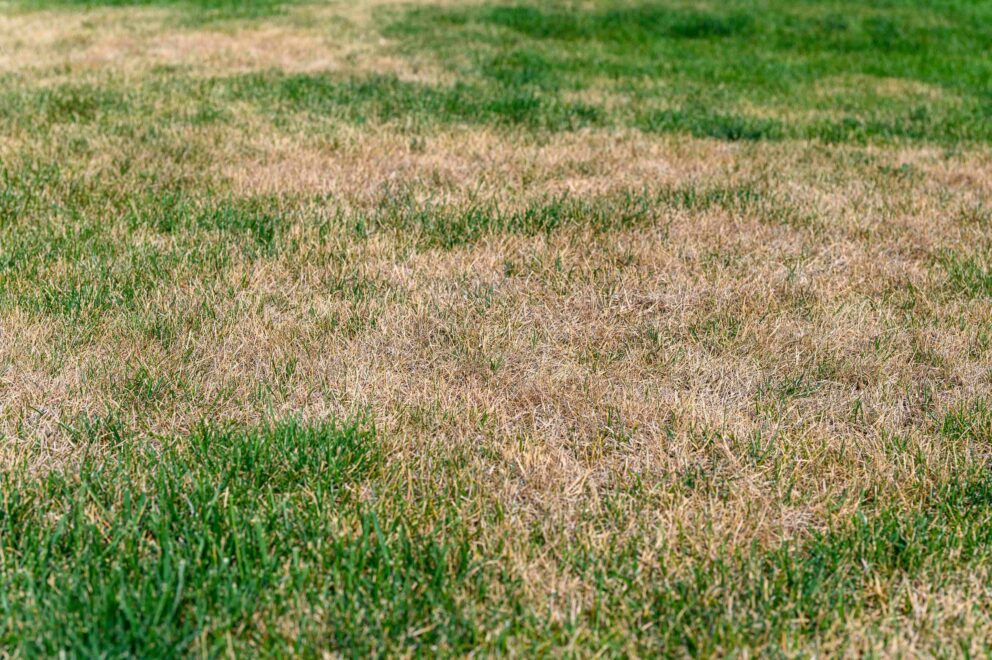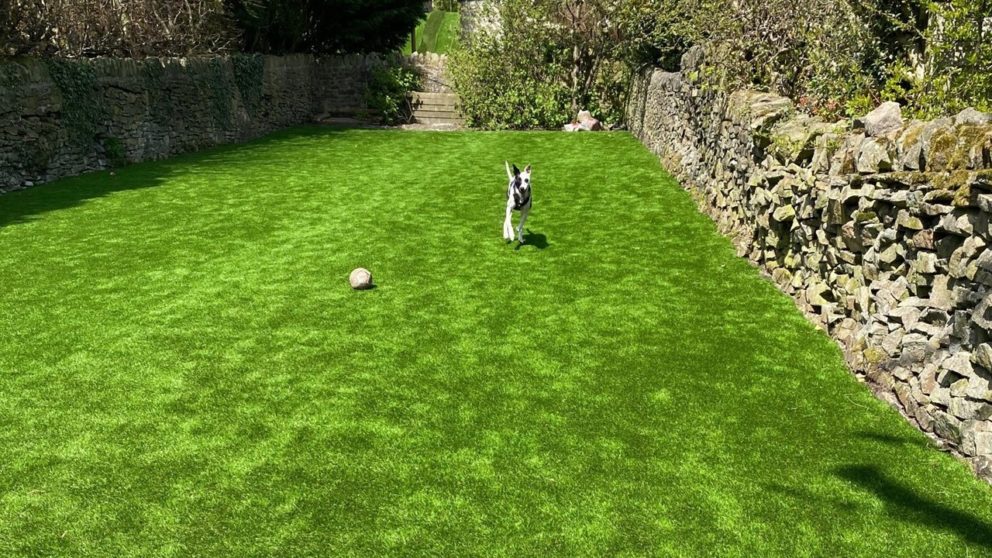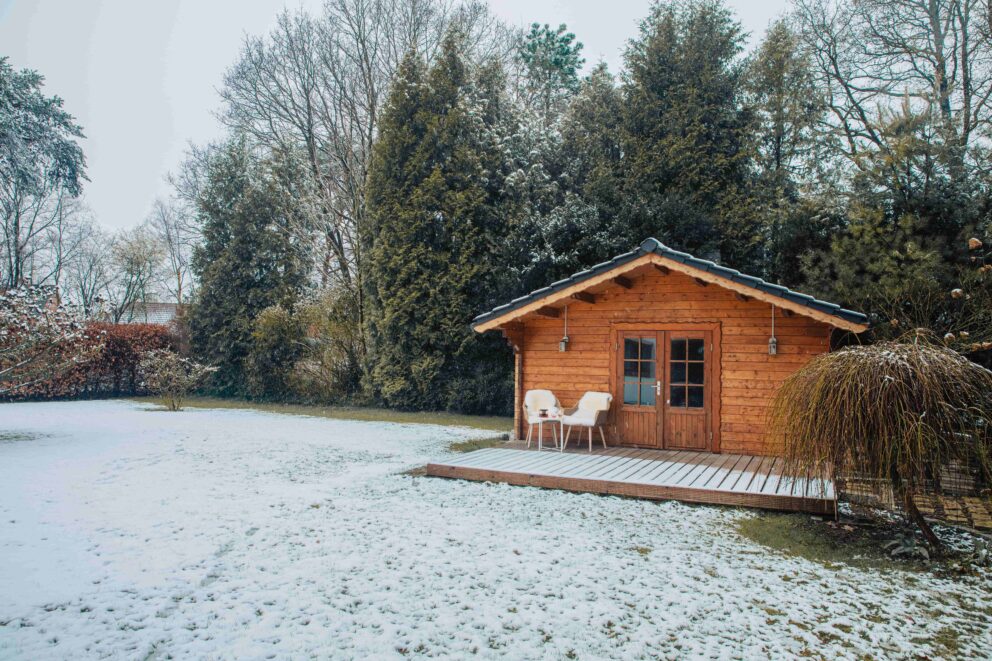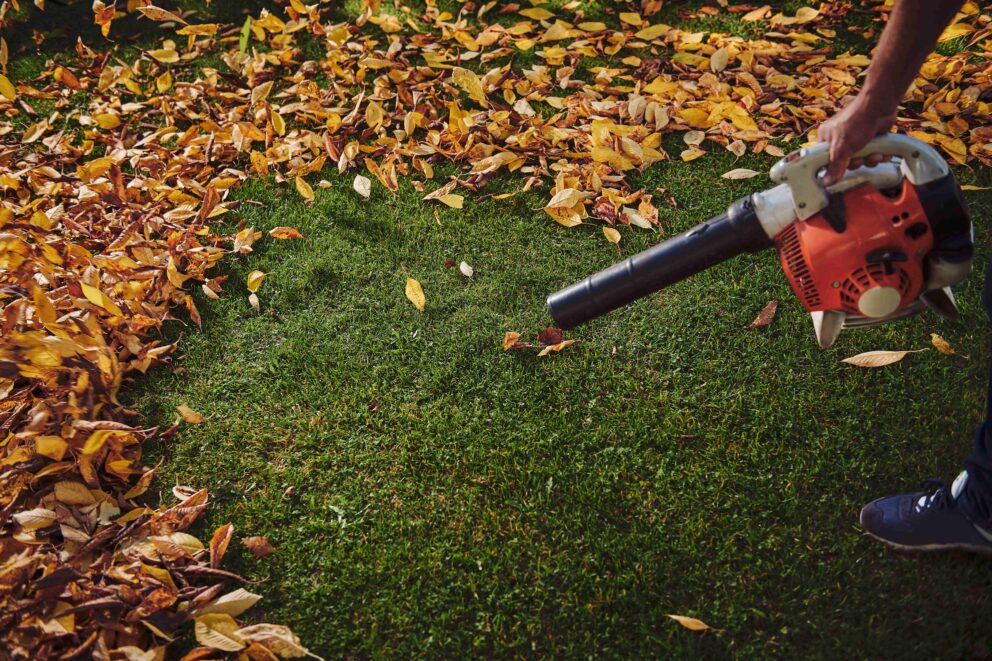Understanding Why Natural Grass Turns Yellow
Natural grass can turn yellow due to various factors, ranging from improper watering and nutrient deficiencies to pests and diseases. It’s essential to identify the root cause of yellowing grass to effectively address the issue.
Let’s delve into the twelve most common reasons why your grass may be losing its green hue.
1. Watering Too Much or Too Little
Proper watering is crucial for maintaining a healthy lawn. However, overwatering or underwatering can lead to yellowing grass. Overwatering robs the soil of oxygen, depriving the grass of the nutrients it needs to thrive.
On the other hand, underwatering can cause dry, brittle leaves, brown patches, and yellowing tips. Finding the right balance is key to preventing yellow grass.
2. Problems with Insects
Insect infestations can wreak havoc on your lawn, causing yellow patches and damage to the grass. Various pests, such as caterpillars, beetle grubs, and worms, feed on the roots of the grass, leading to yellowing and even death of the turf. It’s essential to address any signs of insect activity promptly to prevent further damage.
3. Lawn Diseases
Lawn diseases, such as fungus and mould, can cause yellow spots and patches on your grass. These diseases can spread rapidly and result in the deterioration of the entire lawn if left untreated. Identifying and addressing the specific disease affecting your grass is crucial for effective treatment.
4. Mowing Mistakes
Improper mowing practices can contribute to yellowing grass. Mowing too high or low can cause stress or nutrient deficiencies in the grass, leading to yellow patches. Additionally, oil or petrol spills from lawnmowers can suffocate the roots and kill off the grass, resulting in yellowing areas.
5. Fertilisation Imbalance
Applying too much or too little fertilizer can have detrimental effects on your lawn. Over-fertilization can oversaturate the soil with nutrients, while under-fertilization can deprive the grass of the necessary nutrients for healthy growth. Finding the right balance in fertilization is essential to prevent yellowing grass.
6. Nutrient Deficiencies
A lack of nutrients in the soil can lead to yellowing grass. Essential elements like nitrogen, phosphorus, potassium, magnesium, iron, and oxygen are necessary for the proper growth and health of the grass. Nitrogen, in particular, plays a vital role in giving the grass its green colour.
7. Lack of Sunlight
Insufficient sunlight can contribute to yellowing grass. If certain areas of your lawn receive less sunlight due to shade from trees or buildings, the grass in those areas may turn yellow. Trimming branches or adjusting the landscape to allow more sunlight can help prevent yellowing due to lack of sun exposure.
The Solution: Artificial Grass
While natural grass requires meticulous care and maintenance, artificial grass provides a convenient and reliable solution to the problem of yellowing turf. Artificial grass, also known as synthetic grass or artificial turf, offers numerous benefits that make it an attractive alternative to natural grass.
1. Year-Round Greenery
Unlike natural grass which can turn yellow during certain seasons or under specific conditions, artificial grass stays green and vibrant all year round. Whether it’s scorching summer heat or freezing winter temperatures, your artificial lawn will maintain its lush appearance.
2. Low Maintenance
Artificial grass eliminates the need for mowing, watering, fertilizing, and dealing with pests and diseases. With minimal maintenance requirements, you can enjoy a picture-perfect lawn without the hassle and time-consuming tasks associated with natural grass.
3. Durability and Longevity
Artificial grass is designed to withstand heavy use and foot traffic, making it ideal for high-activity areas or homes with children and pets. It is highly resistant to wear and tear, ensuring that your lawn remains pristine and green for years to come.
4. Water Conservation
By opting for artificial grass, you can significantly reduce your water consumption. Natural grass requires regular watering to stay healthy, especially during dry periods. Artificial grass eliminates the need for excessive watering, contributing to water conservation efforts.
5. Allergy-Friendly
For individuals with grass allergies, artificial grass provides a welcome relief. Unlike natural grass which produces pollen and triggers allergies, artificial grass is hypoallergenic, allowing you and your family to enjoy a beautiful lawn without the discomfort of allergic reactions.
6. Environmentally Friendly
Artificial grass eliminates the need for harmful pesticides, herbicides, and fertilizers, reducing the environmental impact associated with their use. Additionally, the absence of regular mowing reduces noise and air pollution, making artificial grass an eco-friendly choice.
7. Versatility
Fake grass can be installed in various areas, including residential lawns, commercial landscapes, sports fields, and rooftop gardens. Its versatility allows you to create beautiful, low-maintenance outdoor spaces tailored to your specific needs and preferences.
Yellowing natural grass can be a frustrating and challenging issue to tackle. By understanding the common reasons behind yellowing grass and exploring the solution of artificial grass, you can enjoy a vibrant, green lawn all year round.
Artificial grass offers numerous benefits, including year-round greenery, low maintenance, durability, water conservation, allergy-friendliness, and environmental friendliness. Consider making the switch to artificial grass for a hassle-free, beautiful lawn that will stay green and vibrant for years to come.





